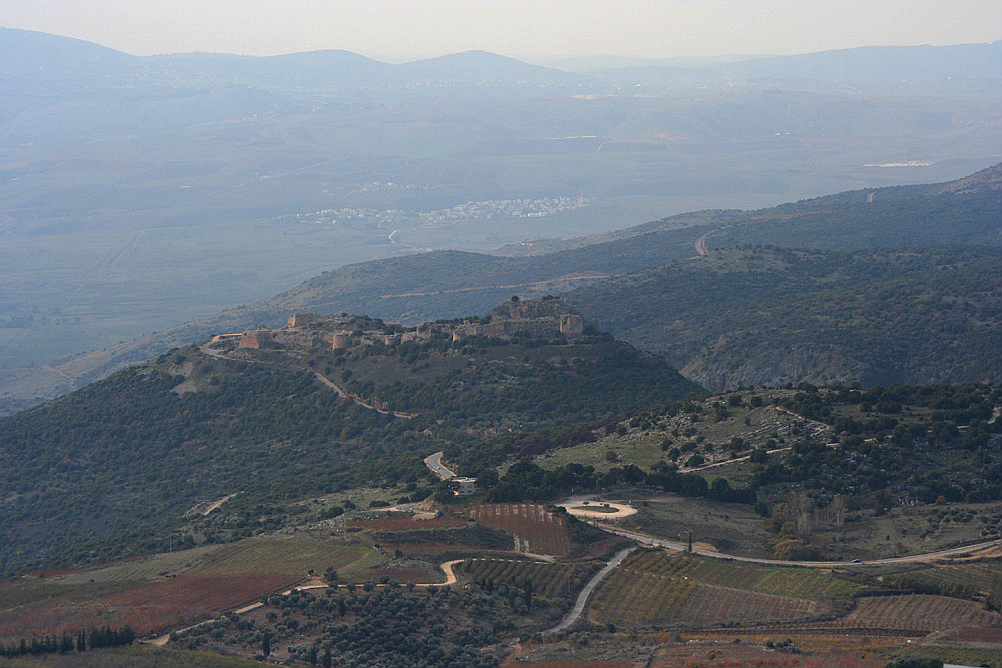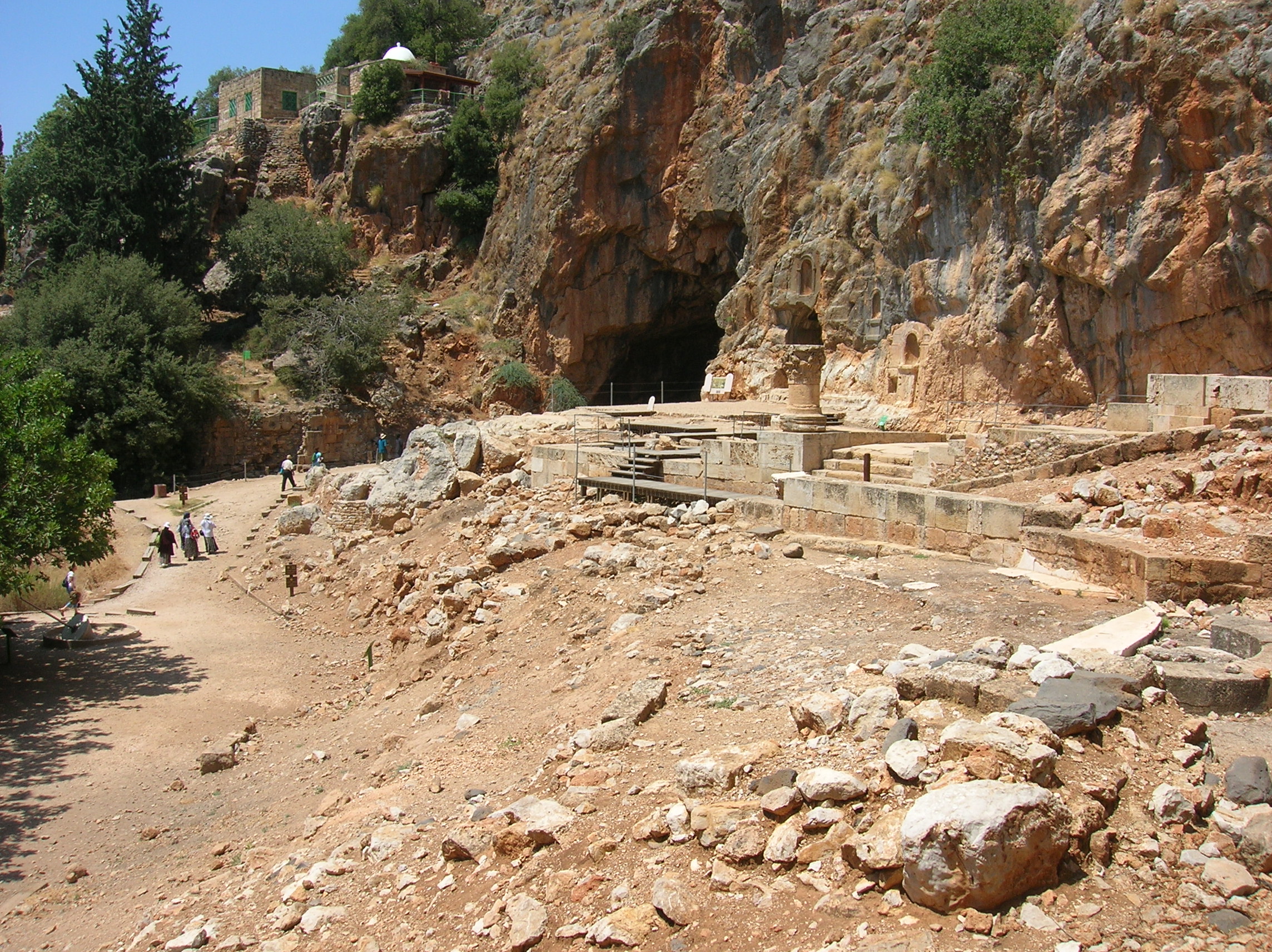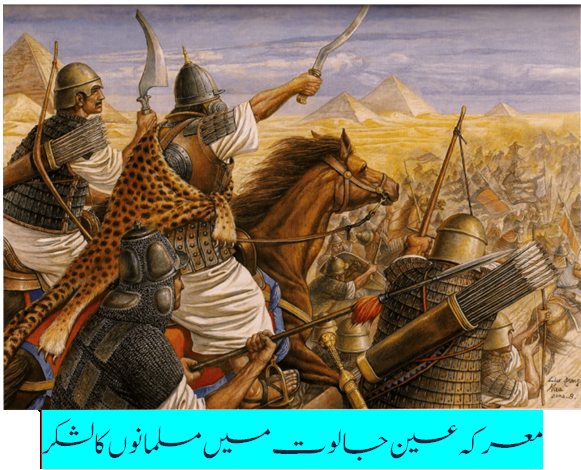|
Al-Subayba
The Nimrod Fortress or Nimrod Castle ( ar, قلعة الصبيبة ''Qal'at al-Subeiba'', "Castle of the Large Cliff", later ''Qal'at Namrud'', "Nimrod's Castle"; he, מבצר נמרוד, ''Mivtzar Nimrod'', "Nimrod's Fortress") is a castle built by the Ayyubids and hugely enlarged by the Mamluks, situated on the southern slopes of Mount Hermon, on a ridge rising about 800 m (2600 feet) above sea level. It overlooks the Golan Heights and was built with the purpose of guarding a major access route to Damascus against armies coming from the west. Alternative forms and spellings include: ''Kal'at'' instead of '' Qal'at'', the prefix ''as-'' instead of ''al-'', and ''Subayba'', ''Subaybah'' and ''Subeibeh'' in place of ''Subeiba''. The area is under Israeli occupation and administration since 1967 together with the adjacent Golan Heights. The international community sees the area as Syrian territory. History According to geological observations and archaeological findings, the N ... [...More Info...] [...Related Items...] OR: [Wikipedia] [Google] [Baidu] |
Golan Heights
The Golan Heights ( ar, هَضْبَةُ الْجَوْلَانِ, Haḍbatu l-Jawlān or ; he, רמת הגולן, ), or simply the Golan, is a region in the Levant spanning about . The region defined as the Golan Heights differs between disciplines: as a geological and biogeographical region, the term refers to a basaltic plateau bordered by the Yarmouk River in the south, the Sea of Galilee and Hula Valley in the west, the Anti-Lebanon with Mount Hermon in the north and Wadi Raqqad in the east. As a geopolitical region, it refers to the border region captured from Syria by Israel during the Six-Day War of 1967; the territory has been occupied by the latter since then and was subject to a de facto Israeli annexation in 1981. This region includes the western two-thirds of the geological Golan Heights and the Israeli-occupied part of Mount Hermon. The earliest evidence of human habitation on the Golan dates to the Upper Paleolithic period. According to the Bible, an Am ... [...More Info...] [...Related Items...] OR: [Wikipedia] [Google] [Baidu] |
Battle Of Ain Jalut
The Battle of Ain Jalut (), also spelled Ayn Jalut, was fought between the Bahri Mamluks of Egypt and the Mongol Empire on 3 September 1260 (25 Ramadan 658 AH) in southeastern Galilee in the Jezreel Valley near what is known today as the Spring of Harod (). The battle marked the height of the extent of Mongol conquests, and was the first time a Mongol advance was permanently beaten back in direct combat on the battlefield. Continuing the westward expansion of the Mongol Empire, the armies of Hulagu Khan captured and sacked Baghdad in 1258, along with the Ayyubid capital of Damascus sometime later. Hulagu sent envoys to Cairo demanding Qutuz surrender Egypt, to which Qutuz responded by killing the envoys and displaying their heads on the Bab Zuweila gate of Cairo. Shortly after this, Möngke Khan was slain in battle against the Southern Song. Hulagu returned to Mongolia with the bulk of his army to attend the kurultai in accordance with Mongol customs, leaving approxim ... [...More Info...] [...Related Items...] OR: [Wikipedia] [Google] [Baidu] |
Keep
A keep (from the Middle English ''kype'') is a type of fortified tower built within castles during the Middle Ages by European nobility. Scholars have debated the scope of the word ''keep'', but usually consider it to refer to large towers in castles that were fortified residences, used as a refuge of last resort should the rest of the castle fall to an adversary. The first keeps were made of timber and formed a key part of the motte-and-bailey castles that emerged in Normandy and Anjou during the 10th century; the design spread to England, south Italy and Sicily. As a result of the Norman invasion of 1066, use spread into Wales during the second half of the 11th century and into Ireland in the 1170s. The Anglo-Normans and French rulers began to build stone keeps during the 10th and 11th centuries; these included Norman keeps, with a square or rectangular design, and circular shell keeps. Stone keeps carried considerable political as well as military importance and could take up ... [...More Info...] [...Related Items...] OR: [Wikipedia] [Google] [Baidu] |
Nimrod
Nimrod (; ; arc, ܢܡܪܘܕ; ar, نُمْرُود, Numrūd) is a biblical figure mentioned in the Book of Genesis and Books of Chronicles. The son of Cush and therefore a great-grandson of Noah, Nimrod was described as a king in the land of Shinar (Mesopotamia). The Bible states that he was "a mighty hunter before the Lord nd... began to be mighty in the earth". Later extra-biblical traditions identified Nimrod as the ruler who commissioned the construction of the Tower of Babel, which led to his reputation as a king who was rebellious against God. Nimrod has not been attested in any historic, non-biblical registers, records or king lists, including those of Mesopotamia itself. Historians have failed to match Nimrod with any historically attested figure. Several ruins of the Middle East have been named after him. Biblical account The first biblical mention of Nimrod is in the Table of Nations. He is described as the son of Cush, grandson of Ham, son of Noah, Ham, and g ... [...More Info...] [...Related Items...] OR: [Wikipedia] [Google] [Baidu] |
Maronites
The Maronites ( ar, الموارنة; syr, ܡܖ̈ܘܢܝܐ) are a Christian ethnoreligious group native to the Eastern Mediterranean and Levant region of the Middle East, whose members traditionally belong to the Maronite Church, with the largest concentration long residing near Mount Lebanon in modern Lebanon. The Maronite Church is an Eastern Catholic particular church in full communion with the Pope and the rest of the Catholic Church, whose membership also includes non-ethnic Maronites. The Maronites derive their name from the Syriac Christian saint Maron, some of whose followers migrated to the area of Mount Lebanon from their previous place of residence around the area of Antioch, and established the nucleus of the Antiochene Syriac Maronite Church. Christianity in Lebanon has a long and continuous history. Biblical scriptures purport that Peter and Paul evangelized the Phoenicians, whom they affiliated to the ancient patriarchate of Antioch. The spread of Christianity in ... [...More Info...] [...Related Items...] OR: [Wikipedia] [Google] [Baidu] |
1860 Lebanon Conflict
The 1860 civil conflict in Mount Lebanon and Damascus (also called the 1860 Syrian Civil War) was a civil conflict in Mount Lebanon during Ottoman rule in 1860–1861 fought mainly between the local Druze and Christians. Following decisive Druze victories and massacres against the Christians, the conflict spilled over into other parts of Ottoman Syria, particularly Damascus, where thousands of Christian residents were killed by Muslim and Druze militiamen as ethnic cleansing. The fighting precipitated a French-led international military intervention. Background The relationship between the Druze and Christians has been characterized by harmony and coexistence, with amicable relations between the two groups prevailing throughout history. After the Shehab dynasty converted to Christianity, the Druze lost most of their political and feudal powers. Also, the Druze formed an alliance with Britain and allowed Protestant Christian missionaries to enter Mount Lebanon, creating tension ... [...More Info...] [...Related Items...] OR: [Wikipedia] [Google] [Baidu] |
Druze
The Druze (; ar, دَرْزِيٌّ, ' or ', , ') are an Arabic-speaking esoteric ethnoreligious group from Western Asia who adhere to the Druze faith, an Abrahamic, monotheistic, syncretic, and ethnic religion based on the teachings of Hamza ibn Ali ibn Ahmad and ancient Greek philosophers like Plato, Aristotle, Pythagoras, and Zeno of Citium. Adherents of the Druze religion call themselves " the Monotheists" or "the Unitarians" (''al-Muwaḥḥidūn''). The Epistles of Wisdom is the foundational and central text of the Druze faith. The Druze faith incorporates elements of Isma'ilism, Christianity, Gnosticism, Neoplatonism, Zoroastrianism, Buddhism, Hinduism, Pythagoreanism, and other philosophies and beliefs, creating a distinct and secretive theology based on an esoteric interpretation of scripture, which emphasizes the role of the mind and truthfulness. Druze believe in theophany and reincarnation. Druze believe that at the end of the cycle of rebirth, which is achie ... [...More Info...] [...Related Items...] OR: [Wikipedia] [Google] [Baidu] |
Earthquake
An earthquake (also known as a quake, tremor or temblor) is the shaking of the surface of the Earth resulting from a sudden release of energy in the Earth's lithosphere that creates seismic waves. Earthquakes can range in intensity, from those that are so weak that they cannot be felt, to those violent enough to propel objects and people into the air, damage critical infrastructure, and wreak destruction across entire cities. The seismic activity of an area is the frequency, type, and size of earthquakes experienced over a particular time period. The seismicity at a particular location in the Earth is the average rate of seismic energy release per unit volume. The word ''tremor'' is also used for Episodic tremor and slip, non-earthquake seismic rumbling. At the Earth's surface, earthquakes manifest themselves by shaking and displacing or disrupting the ground. When the epicenter of a large earthquake is located offshore, the seabed may be displaced sufficiently to cause ... [...More Info...] [...Related Items...] OR: [Wikipedia] [Google] [Baidu] |
Ottoman Turks
The Ottoman Turks ( tr, Osmanlı Türkleri), were the Turkic founding and sociopolitically the most dominant ethnic group of the Ottoman Empire ( 1299/1302–1922). Reliable information about the early history of Ottoman Turks remains scarce, but they take their Turkish name, ''Osmanlı'' ("Osman" became altered in some European languages as "Ottoman"), from the house of Osman I (reigned 1299–1326), the founder of the House of Osman, the ruling dynasty of the Ottoman Empire for its entire 624 years. Expanding from its base in Söğüt, the Ottoman principality began incorporating other Turkish-speaking Muslims and non-Turkish Christians. Crossing into Europe from the 1350s, coming to dominate the Mediterranean Sea and, in 1453, invading Constantinople (the capital city of the Byzantine Empire), the Ottoman Turks blocked all major land routes between Asia and Europe. Western Europeans had to find other ways to trade with the East. Brief history The "Ottomans" first ... [...More Info...] [...Related Items...] OR: [Wikipedia] [Google] [Baidu] |
Holy Land
The Holy Land; Arabic: or is an area roughly located between the Mediterranean Sea and the Eastern Bank of the Jordan River, traditionally synonymous both with the biblical Land of Israel and with the region of Palestine. The term "Holy Land" usually refers to a territory roughly corresponding to the modern State of Israel and the modern State of Palestine. Jews, Christians, and Muslims regard it as holy. Part of the significance of the land stems from the religious significance of Jerusalem (the holiest city to Judaism, and the location of the First and Second Temples), as the historical region of Jesus' ministry, and as the site of the first Qibla of Islam, as well as the site of the Isra and Mi'raj event of 621 CE in Islam. The holiness of the land as a destination of Christian pilgrimage contributed to launching the Crusades, as European Christians sought to win back the Holy Land from Muslims, who had conquered it from the Christian Eastern Roman Empire in 6 ... [...More Info...] [...Related Items...] OR: [Wikipedia] [Google] [Baidu] |
Crusades
The Crusades were a series of religious wars initiated, supported, and sometimes directed by the Latin Church in the medieval period. The best known of these Crusades are those to the Holy Land in the period between 1095 and 1291 that were intended to recover Holy Land, Jerusalem and its surrounding area from Muslim conquests, Islamic rule. Beginning with the First Crusade, which resulted in the recovery of Jerusalem in 1099, dozens of Crusades were fought, providing a focal point of European history for centuries. In 1095, Pope Pope Urban II, Urban II proclaimed the First Crusade at the Council of Clermont. He encouraged military support for List of Byzantine emperors, Byzantine emperor Alexios I Komnenos, AlexiosI against the Seljuk Empire, Seljuk Turks and called for an armed pilgrimage to Jerusalem. Across all social strata in western Europe, there was an enthusiastic response. The first Crusaders had a variety of motivations, including religious salvation, satisfying feud ... [...More Info...] [...Related Items...] OR: [Wikipedia] [Google] [Baidu] |
Akko
Acre ( ), known locally as Akko ( he, עַכּוֹ, ''ʻAkō'') or Akka ( ar, عكّا, ''ʻAkkā''), is a city in the coastal plain region of the Northern District of Israel. The city occupies an important location, sitting in a natural harbour at the extremity of Haifa Bay on the coast of the Mediterranean's Levantine Sea."Old City of Acre." , World Heritage Center. World Heritage Convention. Web. 15 Apr 2013 Aside from coastal trading, it was also an important waypoint on the region's coastal road and the road cutting inland along the |



.jpg)





